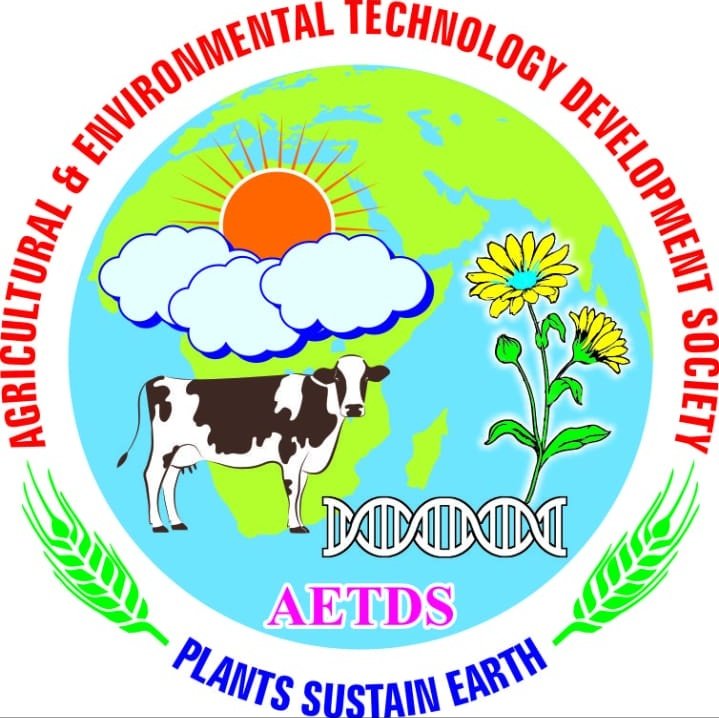
Secretary
Agricultural & Environmental Technology Development Society
Copyrights © 2024 All Rights Reserved. Powered by AEDTS

International Journal of Agricultural and Applied Sciences, June 2024, 5(1): 101-111
https://quality2code.com/ijaas
ISSN: 2582-8053
https://doi.org/10.52804/ijaas2024.5114

Review Article
Advancements in Remote Sensing Technologies for Assessing Abiotic Stress in Plants: a Comprehensive Review
T. D. Warik1, G.S. Pawar1, G.U. Shinde3, H.V. Kalpande1, S.M. Gambhire1, A.B. Pillewad1
1Department of Agricultural Botany, College of Agriculture, Parbhani, VNMKV, Parbhani, Maharashtra.
2Department of FMPE, VNMKV, Parbhani, Maharashtra.
*Corresponding author e-mail: tejuwarik@gmail.com
(Received: 03/03/2024; Revised: 25/05/2024; Accepted: 30/05/2024; Published: 30/06/2024)
ABSTRACT
One of the key elements influencing crop production across the globe is abiotic stress. Early detection and corrective action in this regard can help to lessen the effects of stresses on crop growth and output. Recent advances in remote sensing hold a vital role in the early identification of abiotic stress across a broader area with less involvement of money, time, and labour. Remote sensing technology has become an indispensable tool in the field of agriculture, particularly for detecting abiotic stress in plants. This paper reviews the application of remote sensing techniques for the assessment of abiotic stress factors such as drought, flood, salinity, and nutrient deficiency. Furthermore, the review explores the critical aspects of data acquisition, processing, and analysis, underscoring the importance of machine learning and artificial intelligence techniques in enhancing the accuracy of stress detection.
Keywords: abiotic stress, remote sensing techniques, stress detection.